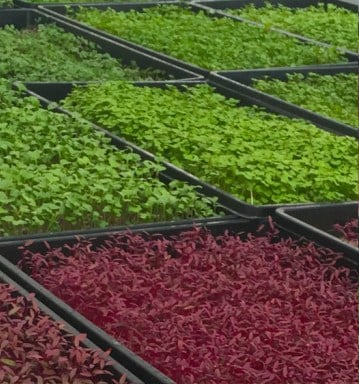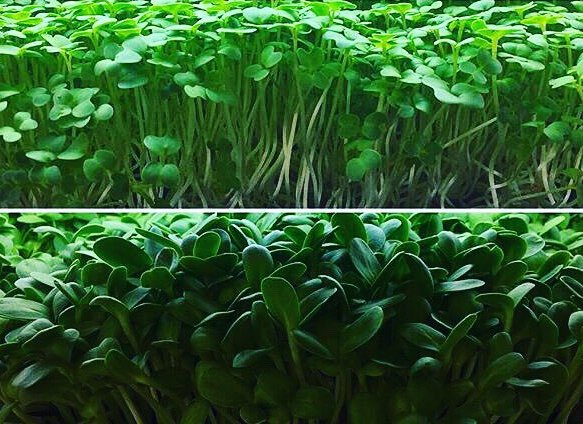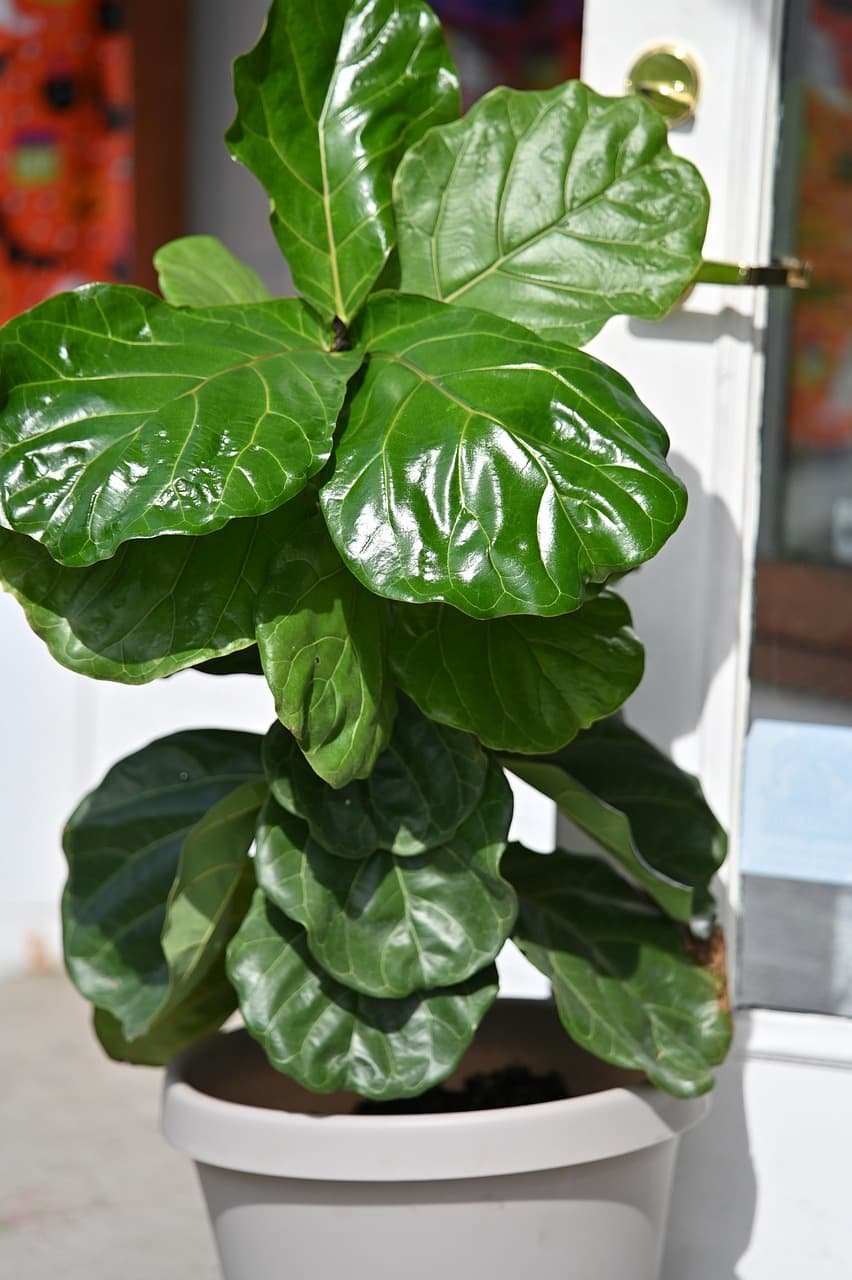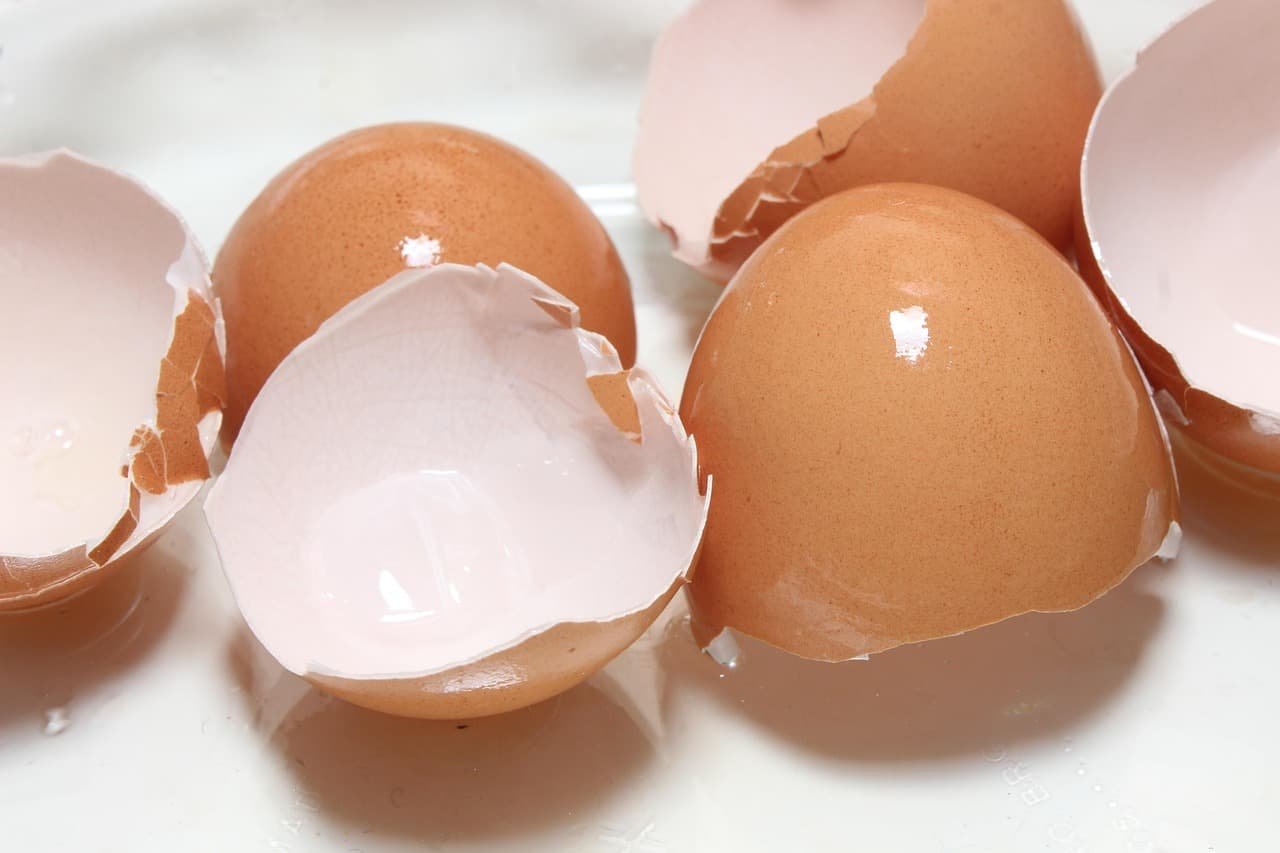Introduction to Grow Microgreens Indoors During Winter
When gardening outside is not an option, growing microgreens indoors during the winter is a fun and sustainable method to enjoy fresh greens that are filled with nutrients as a substitute for planting outside. Regardless of whether you are a novice or an experienced gardener, this article will guide you through each and every step of the procedure. It will provide you with expert advice, tables to help you better understand the process, and answers to frequently asked concerns.
Why Choose Microgreens for Indoor Winter Gardening?
Microgreens are young vegetable greens that are harvested immediately after they have sprouted, often between seven and twenty-one days after the germination of the seed. Due to the fact that they are nutrient-dense, require little upkeep, and are simple to cultivate, they are perfect for winter planting indoors. It has been demonstrated through research that microgreens, which include essential minerals as well as vitamins C, K, and E, can have up to forty times the amount of nutrients that their mature counterparts do.

When compared to their mature counterparts, microgreens have the potential to contain thirty to forty times more nutrients than their counterparts. According to the National Library of Medicine, microgreens are superior in terms of their nutritional value. This finding lends credence to the position.
Because of the following factors, microgreens are an excellent choice for growing indoors throughout the winter:
| Reasons to Grow Microgreens Indoors in Winter | Details |
| Compact Space Requirement | Perfect for apartments, kitchens, or small rooms. |
| Fast Growth Cycle | Ready to harvest in 1–3 weeks. |
| Nutrient-Rich | High concentration of vitamins and antioxidants. |
| Low Maintenance | Requires minimal watering and care. |
| Year-Round Freshness | Provides fresh produce even in cold months. |
Pro Tip: Microgreens that are suitable for beginners, such as radish, broccoli, or pea shoots, are a good place to begin. When it comes to first-time gardeners, these kinds are not only robust but also fast-growing and tolerant.
Essential Supplies for Growing Microgreens Indoors During Winter
Prior to beginning the process of growing, it is important to collect all of the necessary resources. The presence of the appropriate tools not only assures a smooth experience but also decreases the likelihood of failure.
Here is a list of things that should not be overlooked:
| Supply | Purpose/Use |
| Seeds | Choose high-quality seeds specifically for microgreens. |
| Growing Trays | Shallow containers with drainage holes. |
| Potting Mix | Soil mix for seed starting. |
| Watering Can | For consistent watering for seeds/seedlings. |
| Grow Lights | Artificial lighting for short winter days. |
| Humidity Dome | To maintain moisture during seed germination. |
Best Tip: It is better to buy LED grow lights that have a brightness that can be adjusted as per the requirement. These are efficient in terms of energy consumption and offer the full spectrum of light that is necessary for the healthy growth of microgreens.

Step-by-Step Guide to Growing Microgreens Indoors in Winter
The purpose of this section is to provide a comprehensive and step-by-step guide for cultivating microgreens indoors during the winter months. If you want to be successful, you must carefully follow these directions.
Step 1: Preparing Your Growing Area
If you are going to use grow lights, select a spot that is clean, flat, and close to a power outlet. Ensure that the area allows for enough ventilation while also being shielded from drafts and temperature swings of a significant degree.
Step 2: Choose and Prepare Your Seeds
Remove any debris from your seeds by giving them a good rinsing.
The germination process can be sped up by soaking larger seeds, such as peas or sunflowers, in water for eight to twelve hours. Smaller seeds, such as those found in broccoli or radishes, do not need to be soaked.
According to the gardening specialists at Utah State University Extension, the most important factor in ensuring successful seed germination and early growth is ensuring that the soil temperature is maintained at the appropriate level.
Step 3: Filling Trays with Soil
Use potting mix to fill your growth tray to a depth of one to two inches.
In order to create a surface that is hard and even, gently press down on the earth.
Step 4: Sow the Seeds in the Soil
Place the seeds in a uniform manner across the surface of the soil. To ensure adequate ventilation and growth, it is important to avoid congestion.
In order to plant the seeds, lightly press them into the earth, but do not bury them completely.
Step 5: Apply Water and Cover the Surface Area
Applying a little mist of water to the seeds with a spray bottle is recommended.
In order to keep the moisture in the tray, you can either cover it with plastic wrap or place a humidity dome over it.
Step 6: Provide Adequate Lighting
After the seeds have germinated, which typically occurs within two to four days, remove the dome.
Keep the grow lamps at a height of two to four inches above the plants while positioning the tray under them. Maintain a daily light schedule of twelve to sixteen hours.
Step 7: Keep the Temperature and Moisture Levels Stable
Ensure that the soil in the trays is kept moist but not soggy by watering them on a regular basis.
Maintain room temperatures between 18 and 24 degrees Celsius (65 and 75 degrees Fahrenheit) for maximum growth.
Step 8: Time to Harvest Your Microgreens
Within seven to twenty-one days, depending on the variety, the majority of microgreens are ready to be harvested.
If you want to trim the stems just above the soil line, you can use scissors.
Best Microgreens to Grow Indoors During Winter
Different microgreens have different characteristics. Some are more suited to being cultivated indoors throughout the winter because of their adaptation and resistance.

Here is a table that shows the top options available:
| Microgreen Variety | Growth Time | Light Requirements | Flavor Profile |
| Radish | 7-10 days | Moderate | Peppery, bold |
| Broccoli | 10-14 days | Moderate | Mild, earthy |
| Pea Shoots | 10-14 days | High | Sweet, grassy |
| Kale | 12-15 days | Moderate | Slightly bitter |
| Arugula | 8-12 days | Low | Spicy, tangy |
| Sunflower | 8-12 | Moderate | Nutty |
| Basil | 8-12 | Moderate | Strong Basil |
| Beet | 11-21 | Low | Earthy |
Mold Prevention for Indoor Microgreens Grown During the Winter
The presence of mold is one of the most common issues that arises when cultivating microgreens indoors during the winter months. The presence of high humidity and insufficient air circulation might create an environment that is conducive to the growth of mold.
Keeping this in mind will help you prevent it:
- It is important to always begin with clean trays and fresh soil. Sterile supplies should be used.
- If you want to avoid overwatering, you should only water the soil until the top layer feels dry.
- It is recommended that you make use of a modest fan in order to improve the airflow around the growing area.
- Put Seeds in the Right Place: Mould is more likely to develop in seeds that are overcrowded.
- Repeatedly check that your trays should be inspected every day for any early signs of mold.
Common Signs of Mold in Microgreens
| Signs | Description |
| Color | White, fuzzy, or gray patches on the soil surface. |
| Texture | Soft, or fluffy |
| Location | Typically appears on the soil surface or between seeds. |
Pro Tip: If mold begins to grow, you should immediately remove the affected area and adjust your watering plan accordingly.
In case you are interetsted: Best Plants to Grow Under Grow Lights in Hydroponics.
Fixing Common Problems When Growing Microgreens Inside During the Winter
Problems can arise for even the most experienced growers. You will find below a troubleshooting guide that will assist you in locating and fixing typical kinds of problems:
| Problems | Causes | Solutions |
| Yellowing Leaves | Lack of light | Increase light exposure |
| Slow Growth | Cold temperatures | Maintain room temp at 65°F-75°F (18°C-24°C). |
| Wilting Plants | Underwatering | Water consistently; check soil moisture. |
| Leggy Stems | Insufficient light | Reduce the distance to lights. |
| Mold Growth | High humidity/overwatering | Improve airflow and reduce watering frequency. |
Conclusion: Savor the Fresh Greens of the Winter Season
During the winter months, cultivating microgreens indoors is a straightforward method that is both successful and simple, and it allows one to maintain a connection to nature while still enjoying fresh, homegrown fruit. It is through the completion of this comprehensive course that you will acquire the self-assurance and knowledge necessary for success. Don’t forget to choose the appropriate seeds, ensure that your plants have adequate lighting and water, and deal with any issues that arise as they arise. Hope this “how to grow microgreens indoors during winter step-by-step guide” helps to start your microgreen garden. We hope that you have success in your gardening endeavors.















Leave a Reply